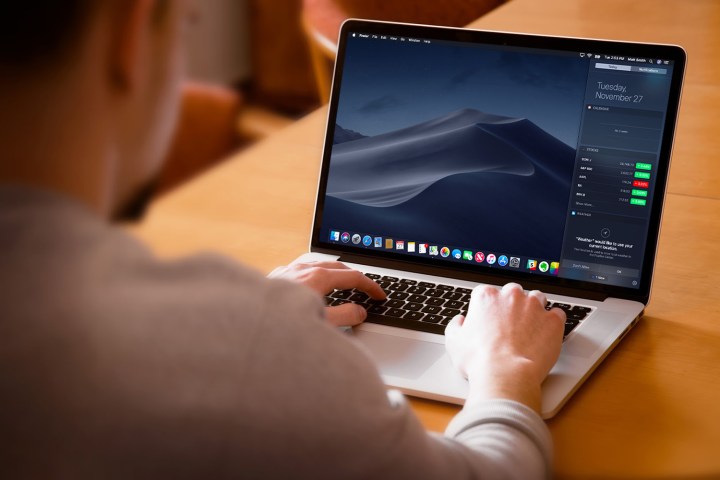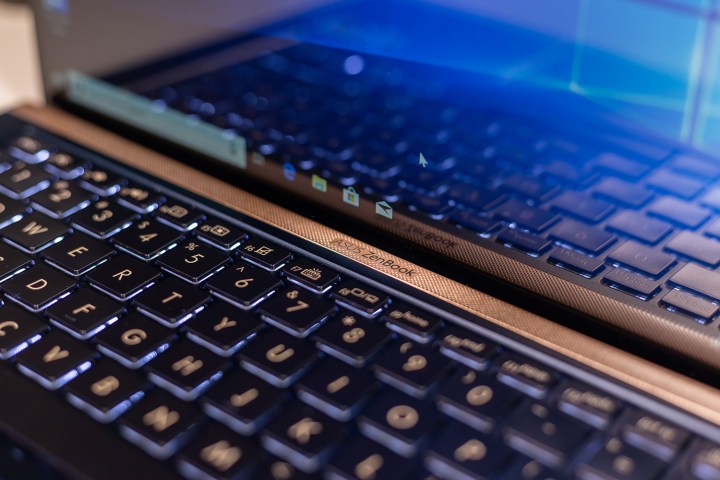
Windows and MacOS have added a new ‘Dark Mode’ option. If you’ve somehow managed to miss this news (in which case, congratulations: You’re not a computer geek!) here’s the deal. Dark Mode flips the colors of your interface. What’s normally white, or close to it, becomes dark, and vice-versa. Instead of black letters on a white page, you’ll see a black page with white letters.
The benefit is obvious if you use a monitor for more than 10 minutes in a dim room. A bright background results in a brighter monitor, and that can put more strain on your eyes because it so widely differs from what’s around you. Your eyes must adjust more, and more frequently, as they try to cope.
But Dark Mode is said to have other benefits. Better battery life is among them. The theory is simple. All other things equal, a light draws more energy as it becomes brighter. So, it follows that a darker display should use less energy than a bright one. That means Dark Mode saves your battery.
Does it, really? Or is this a myth? I put it to the test in both Window and MacOS.
Dark Mode doesn’t make a difference
I used two systems to test Dark Mode’s battery life. The Windows machine was an Asus ZenBook UX333FA, while the Mac was a 2015 MacBook Air with a Core i5 processor. I picked these systems because I know they’re efficient and already do well. That provides room for Dark Mode’s difference, if any, to appear, because the screen itself is a relatively large part of overall power draw. A system with a beefy processor or discrete graphics would make the improvement harder to see.

I used two of the same battery loops I use when reviewing a laptop. The first is a 1080p video loop, and the second is a Basemark web browsing benchmark loop. The 1080p loop is not very demanding, while the Basemark loop is quite tasking.
As for the results? Yea. They’re clear. Dark Mode won’t make a noticeable difference.
That’s not to say it makes no difference. Three of the four benchmarks showed some uptick in battery life, and the fourth was tied. Yet the improvement was insignificant. I’m talking a maximum of 16 minutes in the video loop test. That’s a gain of about 2.5 percent.
It’s possible, in theory, that you might encounter a situation where that extra 16 minutes lets you perform a crucial task you otherwise couldn’t. Yet I find that unlikely. A gain that small won’t be noticeable in normal day-to-day use. Most people don’t use a laptop until the battery is stone dead, anyway, but instead close it when it’s about to run out. Dark Mode won’t change your behavior.
Consider this a Dark Mode myth busted.
Why doesn’t it work?
The results were clear. Still, you might wonder – why doesn’t it work? The basic theory is sound. A brighter light requires more energy if all other things are equal. It’s the second half of the theory that doesn’t hold up.
You see, “all other things” aren’t equal. An LCD screen isn’t delivering light directly to you. Instead it filters the light produced by a backlight so that you see the image intended. The backlight is always on if the display is on, and filtering that light to create an image blocks some light.

A completely black LCD screen is not the equivalent of turning off a light, but more like pulling down the shade on a window. That’s why LCDs struggle to correctly display dark scenes. The backlight is always producing light, no matter what, and the screen must direct that light in a way that blocks most of it.
Even this explanation is too simple, because laptop makers use all sorts of tricks. Some laptops may dim the backlight if the system detects a mostly or entirely black image. That may help energy consumption in certain situations. Yet it’s nowhere near the equivalent of turning off the backlight entirely.
But didn’t Google say Dark Mode improves battery life?
Google gave a presentation at the 2018 Android Dev Summit that explained how Android’s Dark Mode can boost battery life. But the company’s findings were in reference to phones with OLED screens. Unlike standard LCDs, an AMOLED screen’s individual pixels emit their own light, and each pixel can be turned off while not in use. That means Dark Mode can be a huge improvement for phones with OLED screens.

Very few laptops have them at present, despite a raft of announcements at CES 2019, so Google’s findings don’t apply to most PCs. In fact, another slide in Google’s presentation compared a Google Pixel phone with the
That agrees with my tests. I found virtually no difference when Dark Mode was enabled for laptops that have an LCD screen. Google found the same was true for an iPhone with an LCD screen.
Dark Mode is great. Just don’t expect a miracle
None of this means you shouldn’t use Dark Mode. I use it because I think it looks better than the standard theme for either Windows or MacOS. It’s slick, trendy, and a bit mysterious. I like it.
Just don’t think it’s stretching your battery beyond its normal limits. That’s not how it works – at least, not on a laptop with an LCD screen.
Editors' Recommendations
- Here’s why I finally gave up on using Safari on my Mac
- Your next MacBook Pro may get a major battery boost — here’s why
- No MacBook Pros at WWDC. Here’s why Apple was quiet on its laptops


